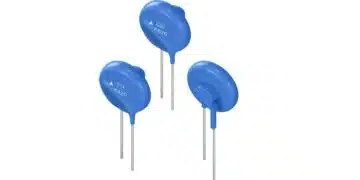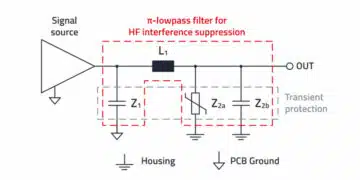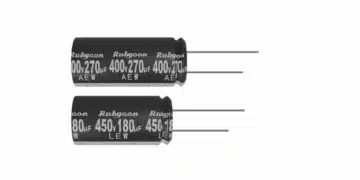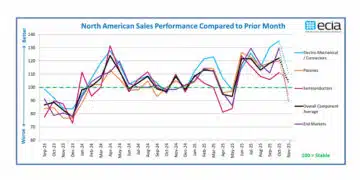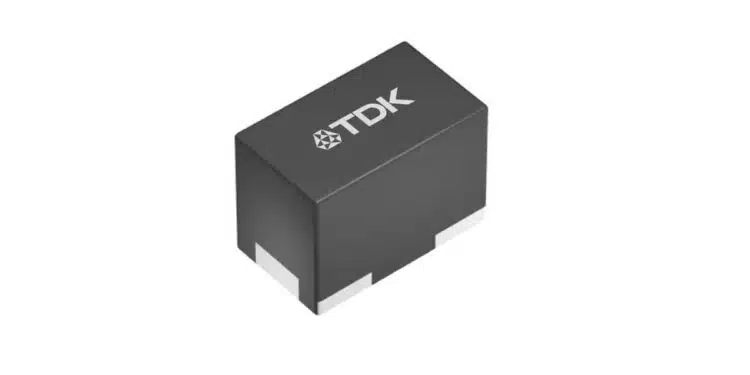TDK Corporation announces the introduction of its new PLE856C Series (0.80 x 0.45 x 0.65 mm; L x W x T) of compact thin-film power inductors for wearable devices. Mass production of these new components began this month, in December 2024.
Increasing functionality and performance of wearable devices, such as wireless earbuds and smartwatches, has led to a higher number of components per system. However, the space in these devices remains limited, driving the demand for smaller electronic components.
The PLE856C Series, featuring inductances from 470 nH to 1.5 µH, is the industry’s smallest inductor used for power supply circuits in such devices, contributing to space-saving designs and lighter devices.
In comparison to the conventional PLEA67B Series (1.0 x 0.6 x 0.8 mm; L x W x T), the new PLE856C Series boasts a 40% smaller mounted area and a 50% decrease in volume. The saturation currents are specified between 0.40 A and 0.72 A (typ.).
Despite their compact size, these products feature precisely formed coil conductor patterns acting as internal electrodes, achieved using TDK’s proprietary thin-film technology. Moreover, the use of low-loss magnetic material helps reduce power losses and increase the efficiency of power supply circuits.
Moving forward, TDK will promote the development of high-performance inductors that are even smaller and better designed for wearable devices, capitalizing on the advantages of the thin-film technology and aiming to expand its power inductors in response to market needs.
Features
- Industry’s smallest size inductor for power supply circuits, contributing to space-saving device designs
- Low-loss magnetic material for highly efficient power supply circuits
- High-precision internal electrode formation using thin-film technology
Applications
- True wireless stereo (TWS) earbuds, smartwatches, AR/VR devices, small power supply modules, small communication modules
| Type | Inductance [μH] ±20% | DC resistance (typ.) [mΩ] | DC resistance (max.) [mΩ] | Isat (typ.) [A] | Isat (max.) [A] | Itemp (typ.) [A] | Itemp (max.) [A] |
|---|---|---|---|---|---|---|---|
| PLE856CBAR47M-1PT00 | 0.47 | 180 | 210 | 0.72 | 0.62 | 0.90 | 0.80 |
| PLE856CBA1R0M-1PT00 | 1.0 | 350 | 420 | 0.52 | 0.42 | 0.72 | 0.62 |
| PLE856CCA1R5M-1PT00 | 1.5 | 450 | 520 | 0.40 | 0.33 | 0.62 | 0.52 |
Isat: Current value based on inductance variation (30% lower than the initial inductance value)
Itemp: Current value based on temperature increase (Temperature increase of 40 K by self-heating)


